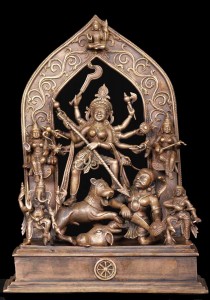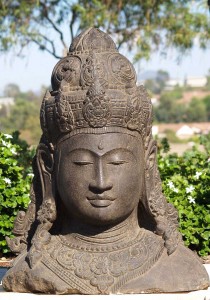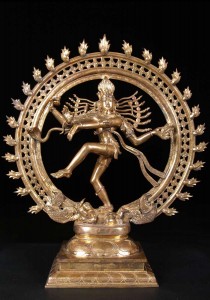Glory to you, O Shiva! Glory to you, O Omkaara! May Brahma, Vishnu and the assembly of other gods, including the great Lord Shiva, relieve me of my afflictions!
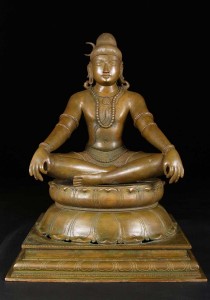
As many know, Hindu God Shiva comes in many different forms. One such popular form is that of Shiva as Harihara, an important integration between Hindu God Shiva and Hindu God Vishnu. The worship of Shiva as Harihara is an important form as it reiterates to devotees that worship of Shiva, Vishnu, or any of the prominent Hindu Gods is but the worship of every prominent Hindu God, one and the same. When one worships Shiva, one also worships Vishnu, and all the other important deities collectively in the spirit of divine oneness. All followers of Hinduism are all looking for one thing, the divine. When one comes to fully realize this concept, they understand that we are all worshiping the same inherent thing, dharma, just from different approaches. Both Vishnavites and Shaivities worship Harihara as a form of the one supreme god.
There is often much debate within Hinduism as to the inherent importance of Shiva and Vishnu. Vishnavites believe that Vishnu is the supreme god, while Shaivities believe Shiva to be the ultimate being. Conversely others believe that both are equal, manifesting different aspects of the same Supreme Being. In many cases, however, even if one is preferred over the other, much respect is allotted to the other.
“Shiva and Vishnu are one and the same entity. They are essentially one and the same. They are the names given to the different aspects of the all-pervading Supreme Soul or the Absolute. ‘Sivasya hridayam vishnur-vishnoscha hridayam sivah—Vishnu is the heart of Siva and likewise Siva is the heart of Vishnu’.”

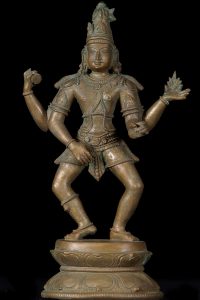
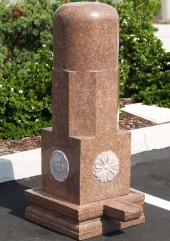
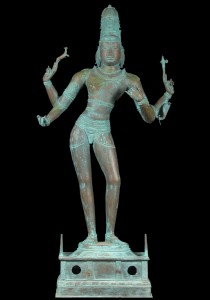 Tripurantaka is a form of
Tripurantaka is a form of 